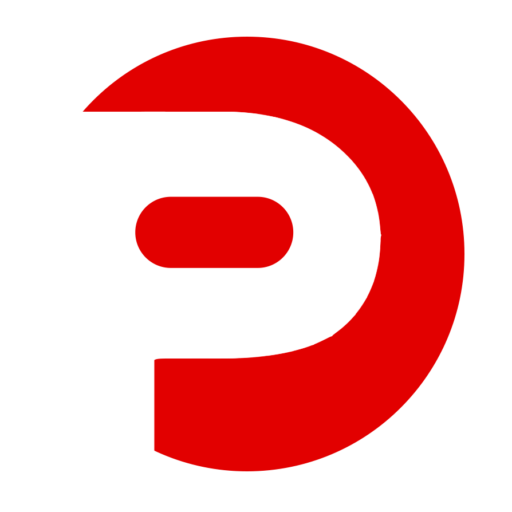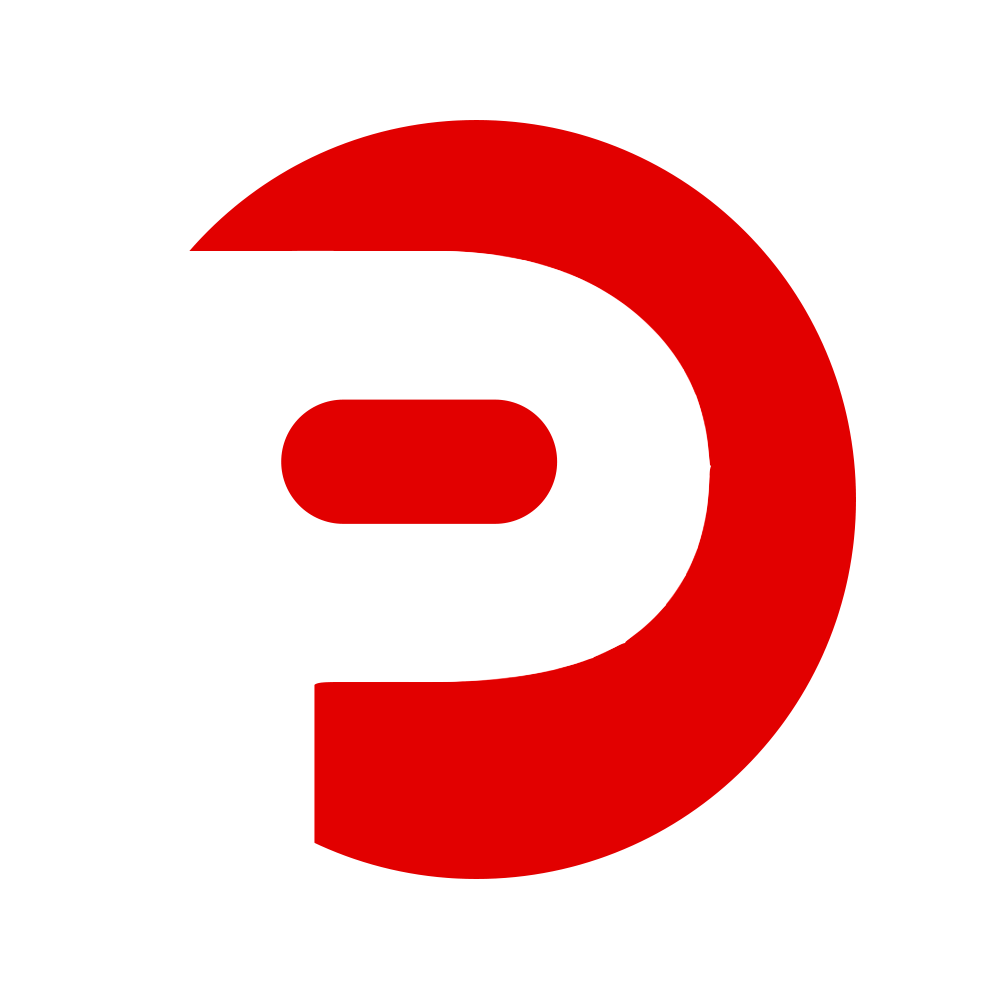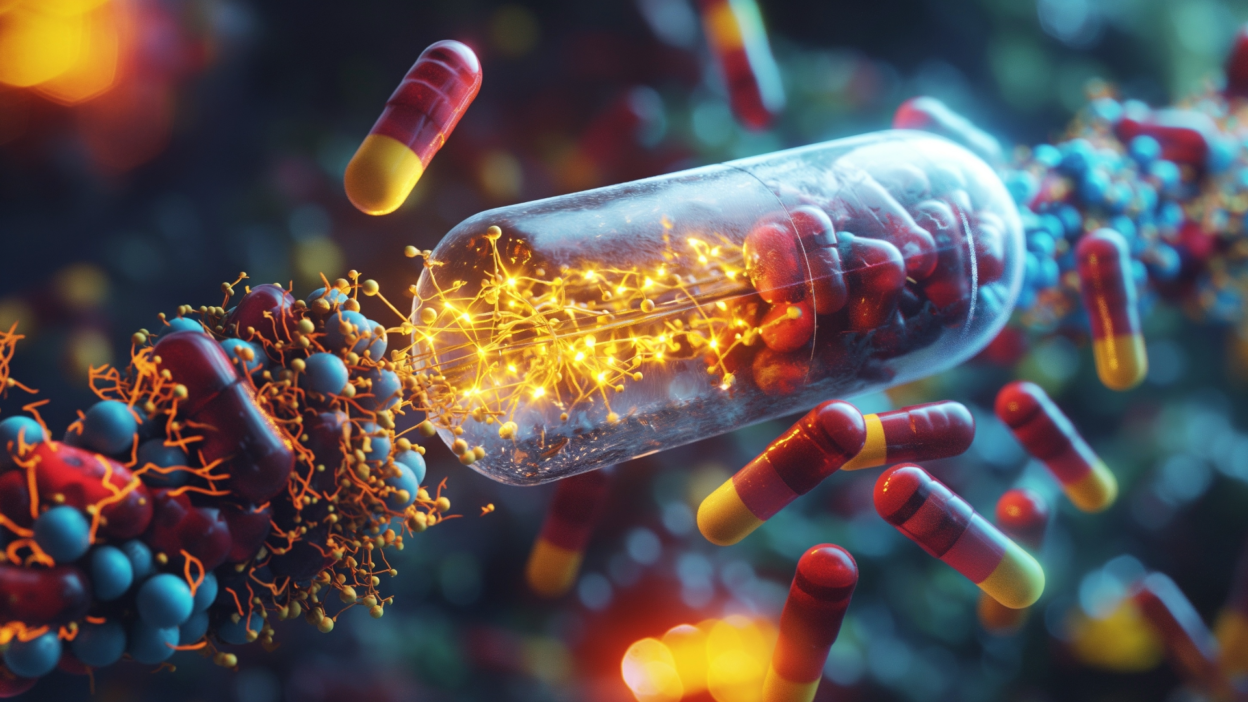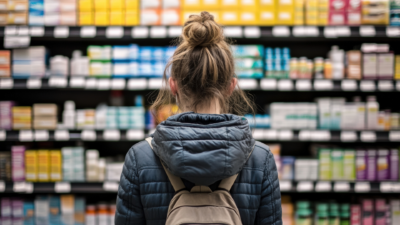How technology is reshaping the way we take medication
A New Era of Drug Delivery
Drug delivery techniques are not at all what we had anticipated in the last few decades. More efficient, patient-friendly therapies are being made possible by new inventions and technology. Newer treatments, such as gene and cell therapies, showed promise during the last ten years, but their effectiveness was constrained by ineffective delivery methods. As we begin the new year, several developments have already occurred that are altering the way that medication is administered.
The Booming Drug Delivery Market
The market for medication delivery devices is expanding, with several trends:
- Weight-Management Medication and Injection Equipment: GLP-1 agonists like Wegovy and Zepbound are in high demand. In 2024, sales reached $53 billion, up from $40 billion in 2023. To improve patient outcomes, this interest has encouraged more injection device innovation.
- Closed-Loop Insulin Systems: Diabetes treatment is being reinvented by gadgets like the Omnipod 5, that integrate with continuous glucose monitors. Millions of lives are being changed by these “artificial pancreases.”
- Ophthalmic and large-volume injectors: These tools are improving efficacy and providing better patient comfort.
- Increased R&D Expenses: Drug companies are making major investments in next-generation medication delivery systems as they recover from the financial challenges caused by the pandemic.
Emerging Innovations Shaping Drug Delivery
Micro Robotics and Nanotechnology
Imagine tiny, magnetically controlled robots moving through your body to deliver medication with scary accuracy. This might have been something you only saw in sci-fi movies. Micro robotics are already being tested for their ability to transport and release drugs in targeted areas within the body. While challenges remain, such as avoiding immune system interference, there are many potential advantages that exist.
Healthcare is also evolving because of nanotechnology. To directly provide medicine to surgically repaired tendons, researchers at the University of Rochester Medical Center are using nanoparticles. This technique promotes healing and minimizes scar tissue.
Extracellular Vesicles for Gene Therapies
Advances in extracellular vesicles are making gene-editing treatments like CRISPR more widely accessible and effective. Researchers at Northwestern University developed a way to get these medications into T cells, which could transform the way that inherited diseases are treated.
Nasal Epinephrine for Emergency Drug Delivery
Particularly in emergency situations, needle phobia can be fatal. The first nasal adrenaline spray, Neffy, was authorized in 2024. Neffy is simplifying and expediting the treatment of anaphylaxis by removing the need for injections. This opens the door for other emergencies.
The Rise of Reusable Drug Delivery Devices
Reusable drug delivery systems are becoming increasingly common due to environmental sustainability and growing expenses. Reusable devices, which were previously dominated by disposable ones, are making a major comeback because of their affordability and complexity:
- Leading the way are reusable autoinjectors, such as Elexy and Aria.
- Products from Amgen, Merck, and AstraZeneca: Industry leaders using reusable designs to increase productivity.
Gas-Powered Injectors for High-Viscosity Medications
The weaknesses of traditional spring-powered autoinjectors have been shown by the development of biologics, such as monoclonal antibodies. Injectors that operate on gas have been created to provide higher energy densities. Leading the way are businesses like Windgap Medical, Kaléo, and CrossJect, whose creative designs facilitate the administration of high-viscosity drugs.
Reducing Injection Site Pain for Better Adherence
For individuals who need to take medication on a regular basis, injection site pain (ISP) continues to be an important barrier. Researchers are using new methods to solve this problem:
- Hyaluronidase Adjuvants: New developments such as VYVGART Hytrulo reduce the pain and discomfort associated with large injections.
- Ultra-Thin Needles: For high-viscosity medications, systems such as BD’s NeopakTM XtraFlowTM in conjunction with YpsoMate 2.25 optimize comfort.
- On-Body Injectors: For chronic illnesses, devices such as enFuse and UDENCYA ONBODYTM offer low-pain, progressive drug administration.
Looking Ahead: The Future of Drug Delivery
These four major trends have made the future of medicine more promising than before:
- Emergency Combination Products: Expect new methods to provide life-saving medications that go beyond traditional injections.
- Reusable Devices: Cost-effective, environmentally friendly solutions are here to stay.
- Gas-Powered Injectors: Enhancing the way high-viscosity drugs are delivered.
- Pain-relieving technologies: enhancing patient satisfaction and adherence by improvements in formulation and equipment.
These developments will keep stretching boundaries of medicine administration as the pharmaceutical industry develops, improving the accuracy, efficacy, and patient experience of treatments.





